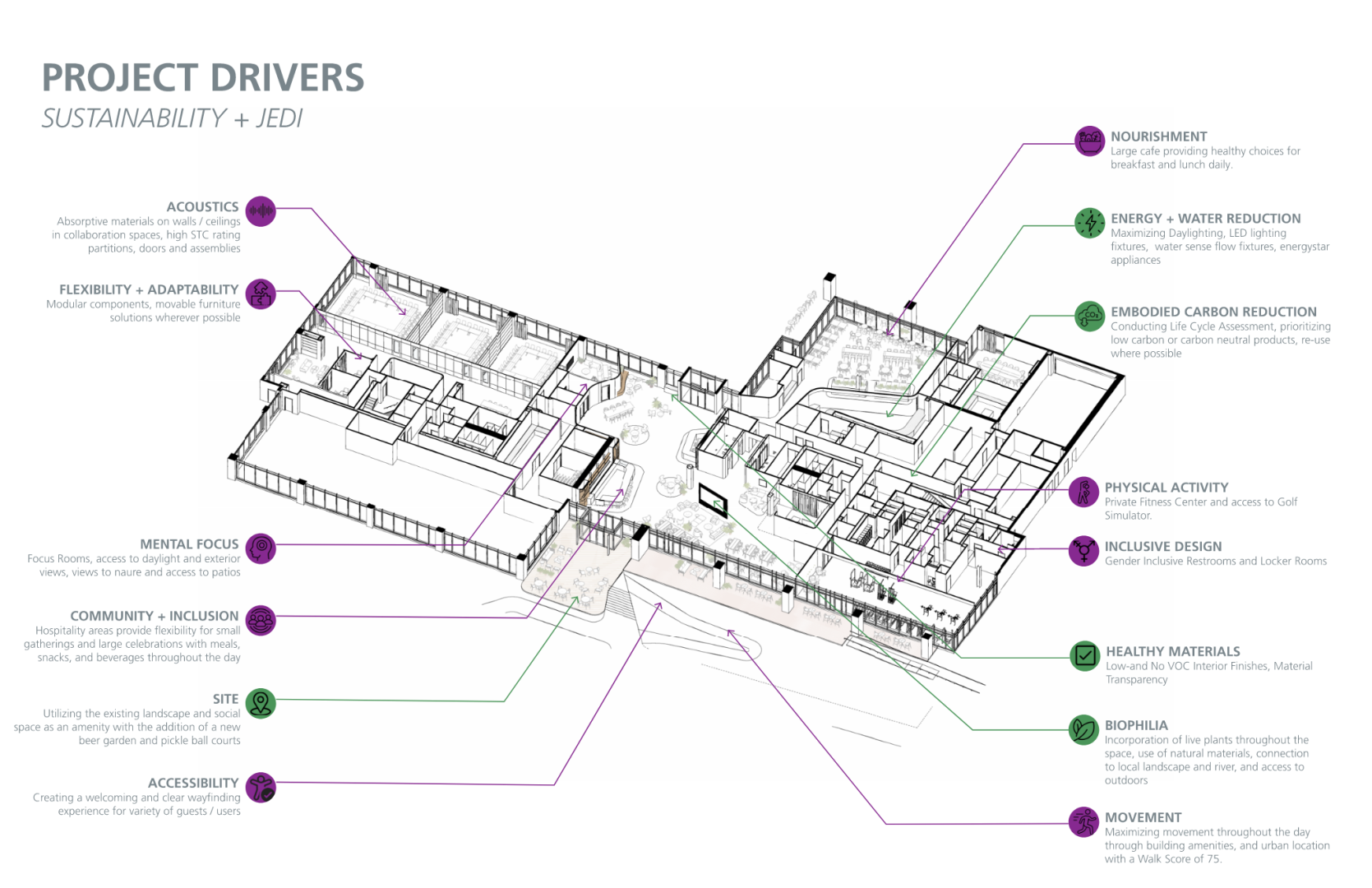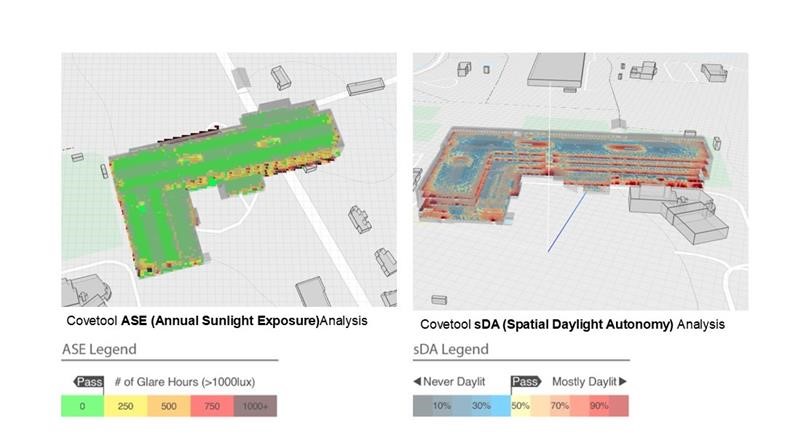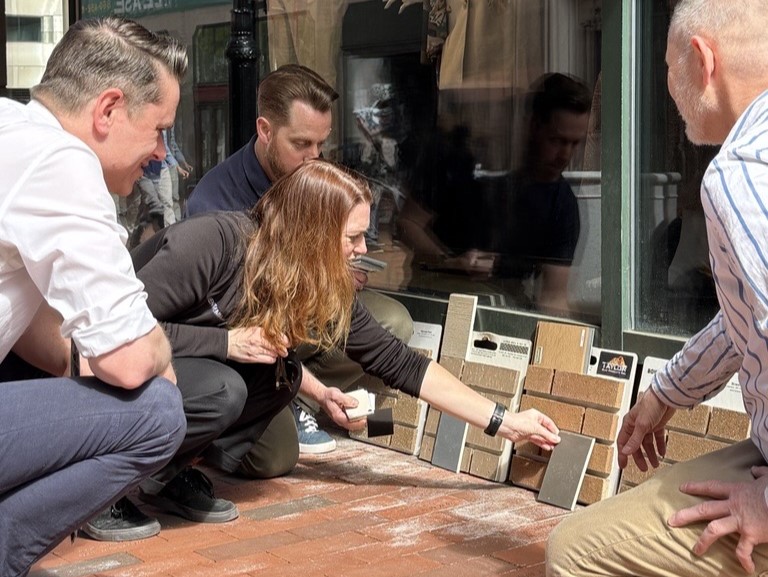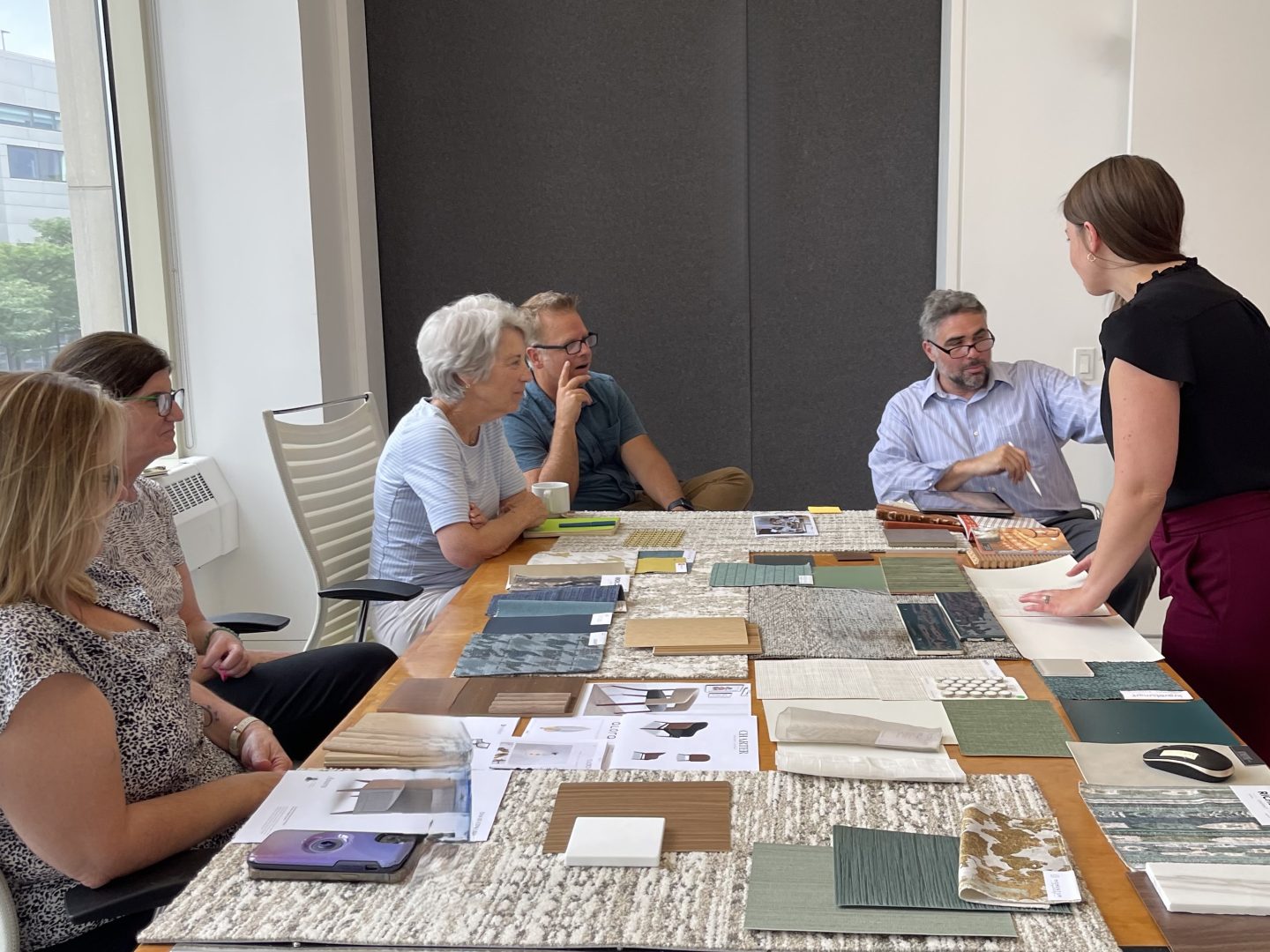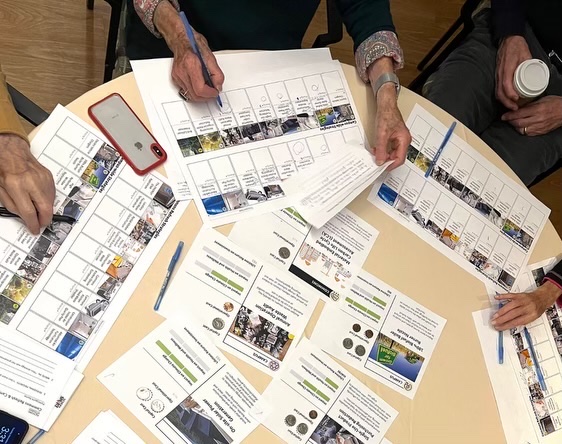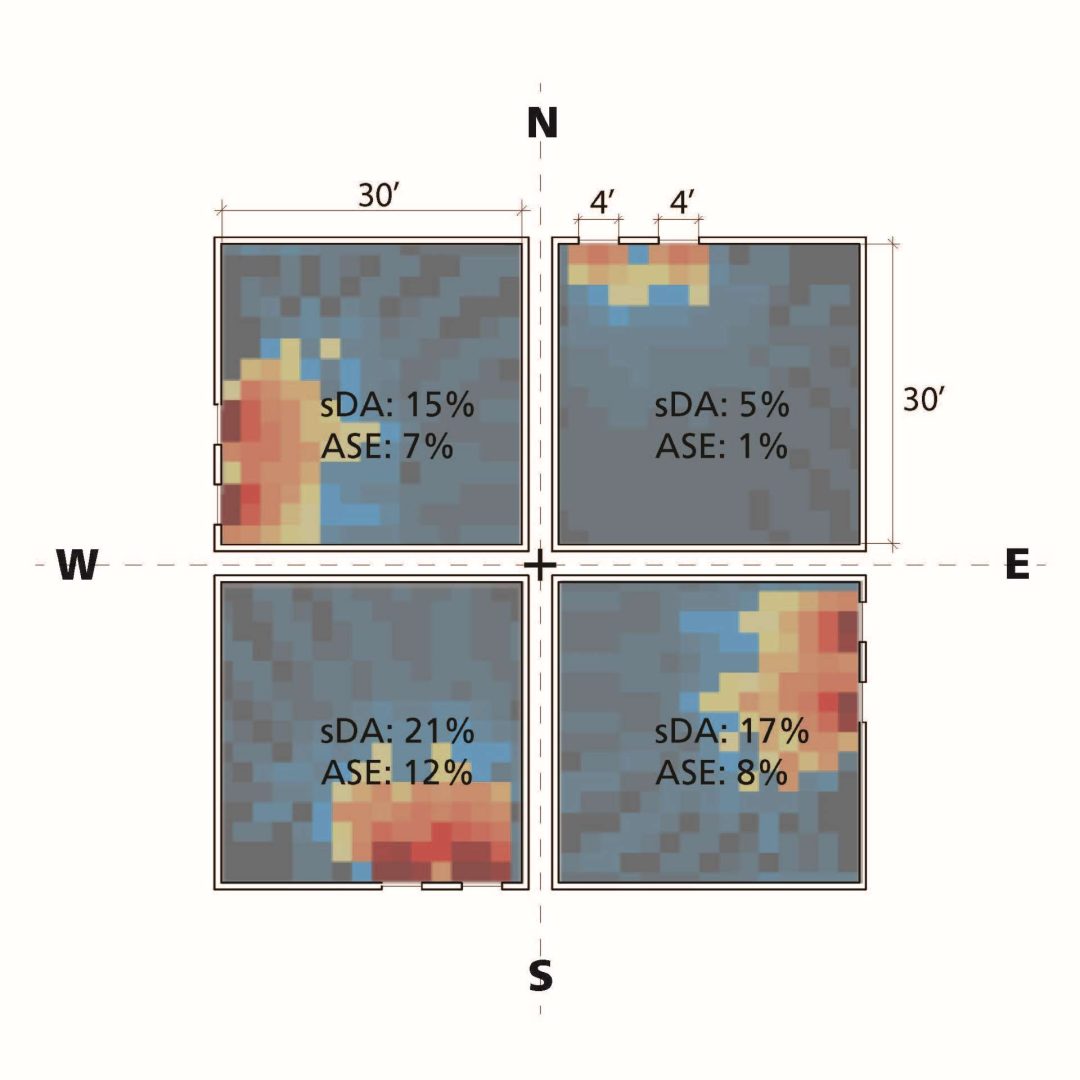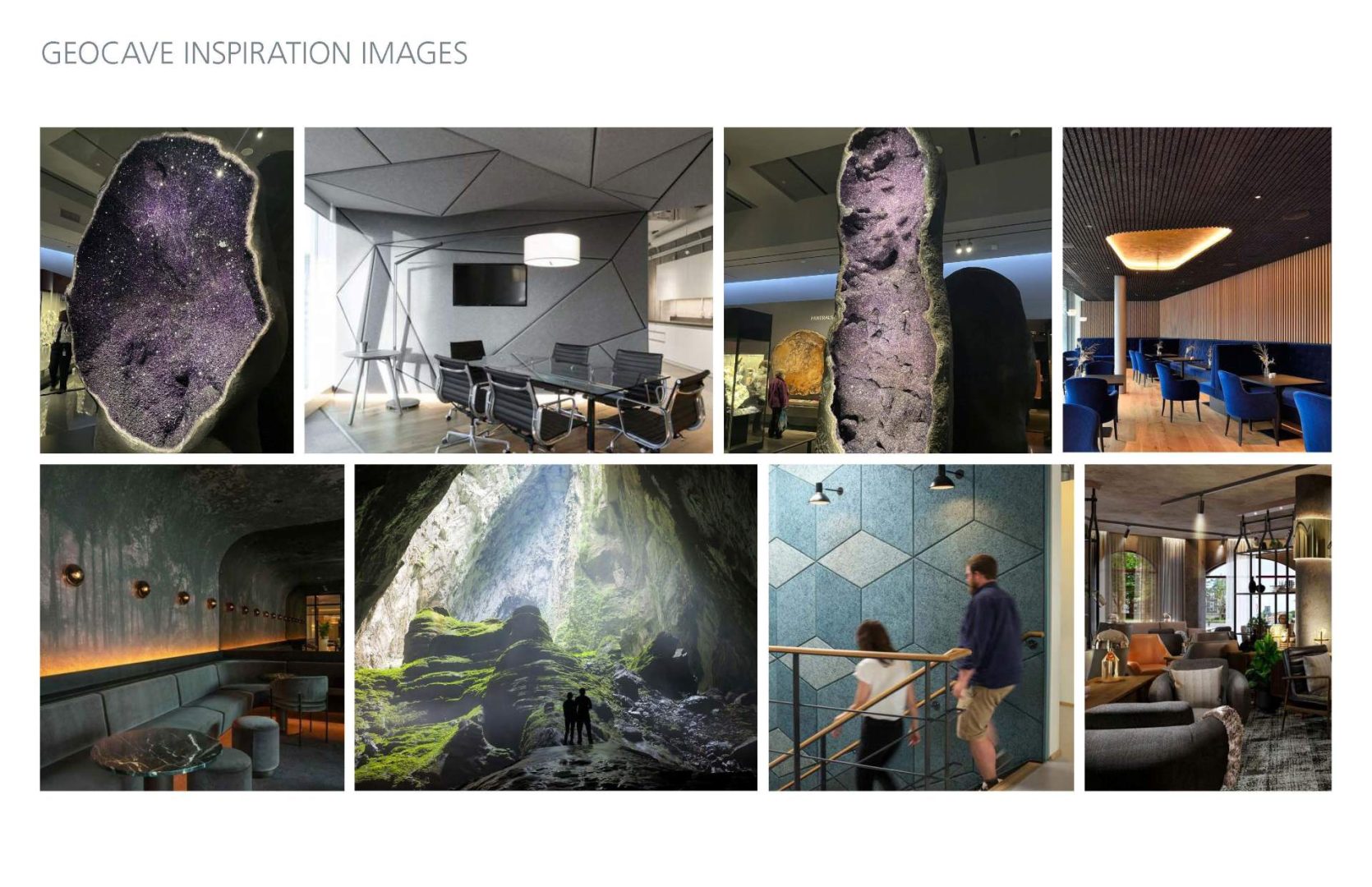
As part of developing our Boston office’s feature wall, the team designed and fabricated jigs to achieve uniform cuts across hundreds of recycled cardboard tubes. The process underscores our interest in material experimentation, the physical craft of making, and our commitment to sustainability through material reuse.



